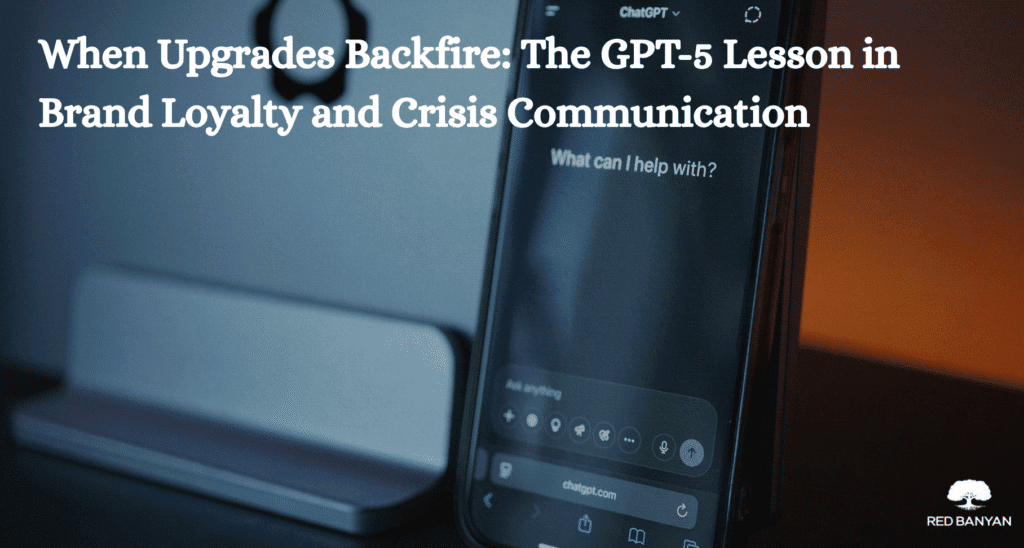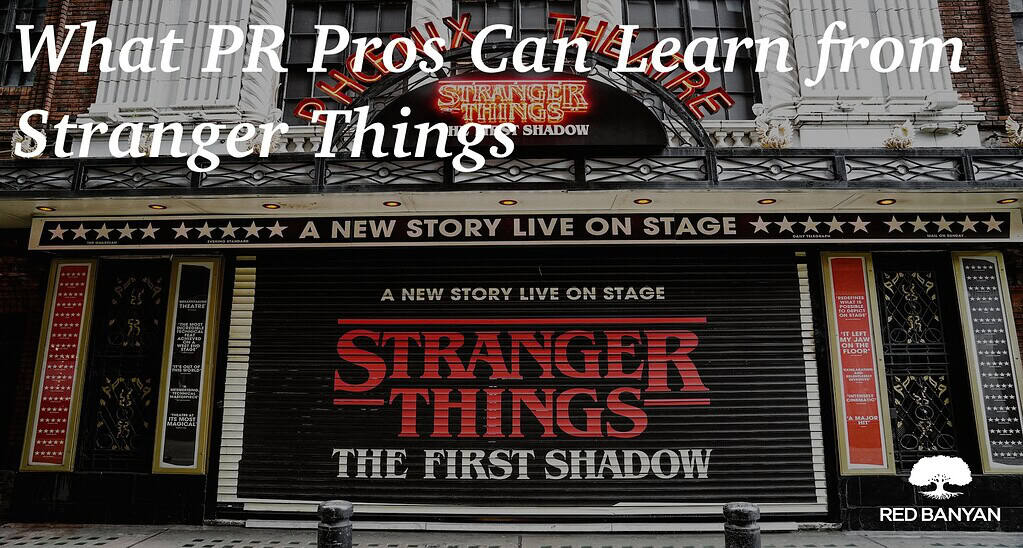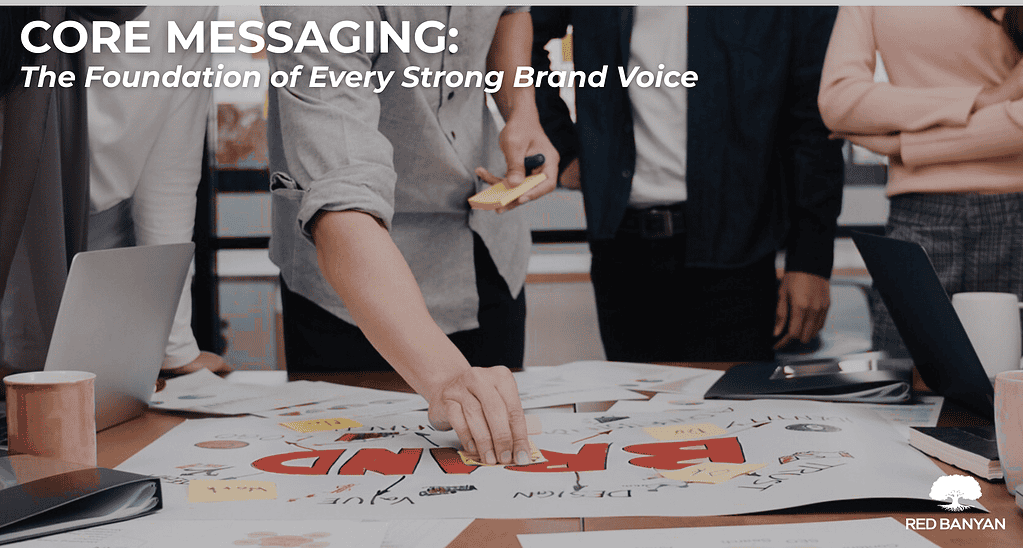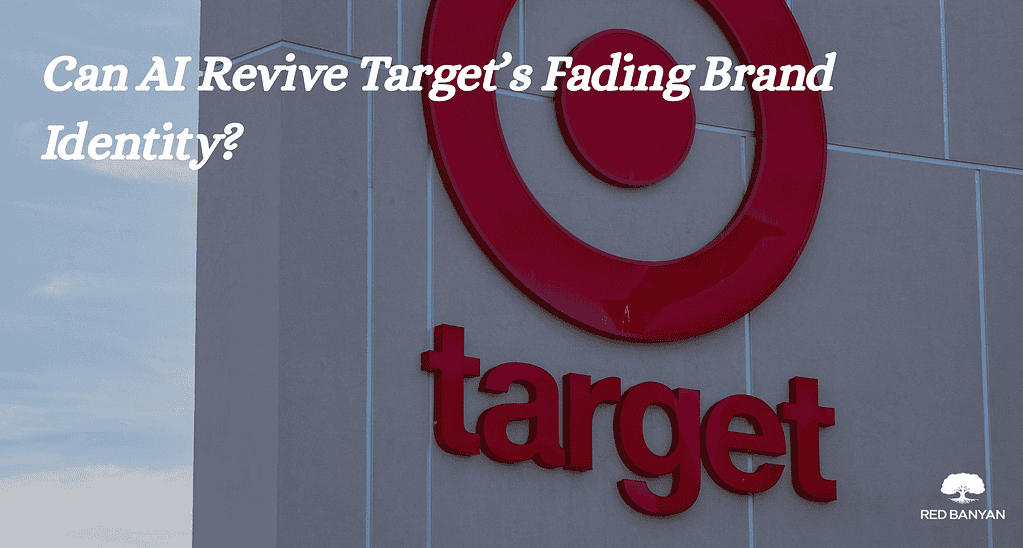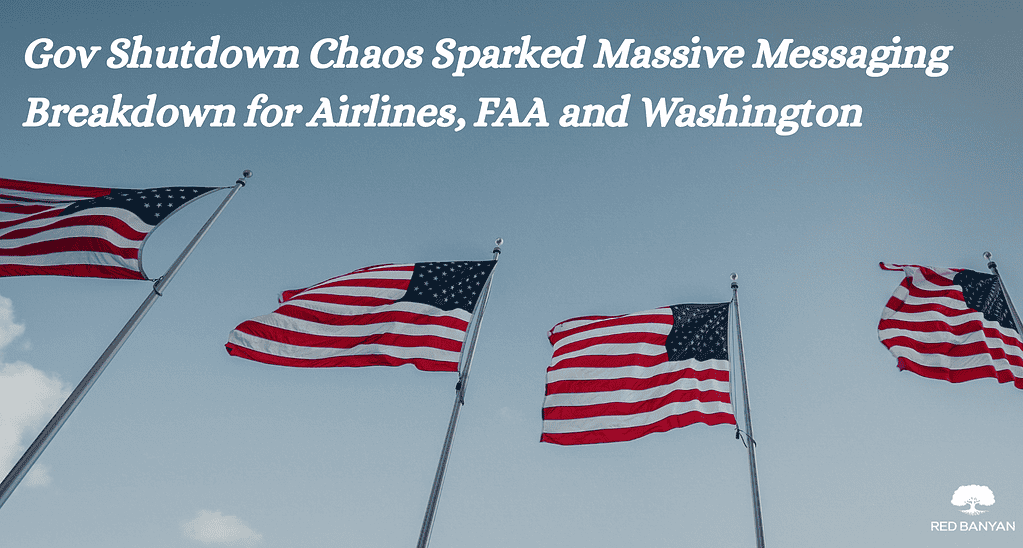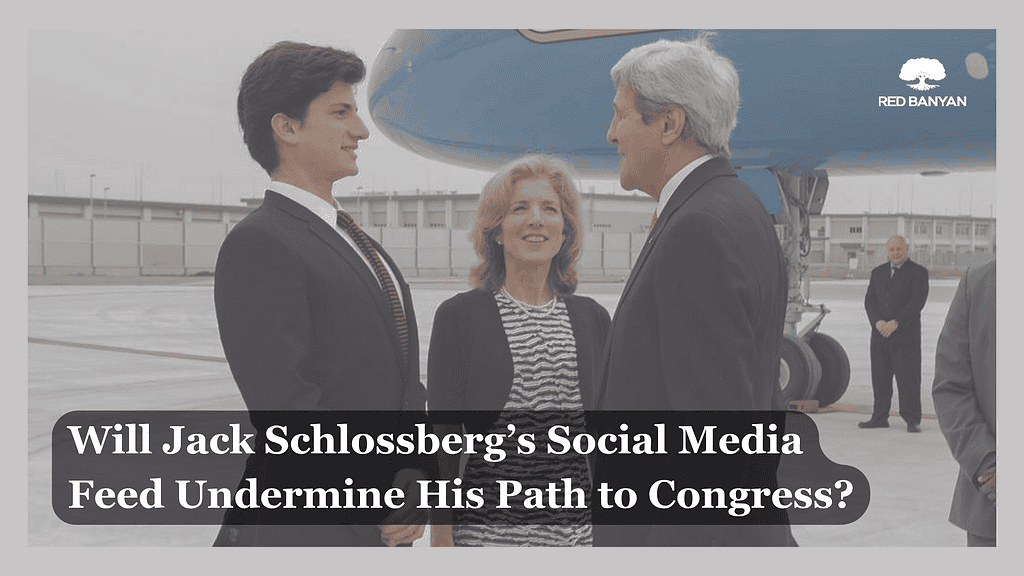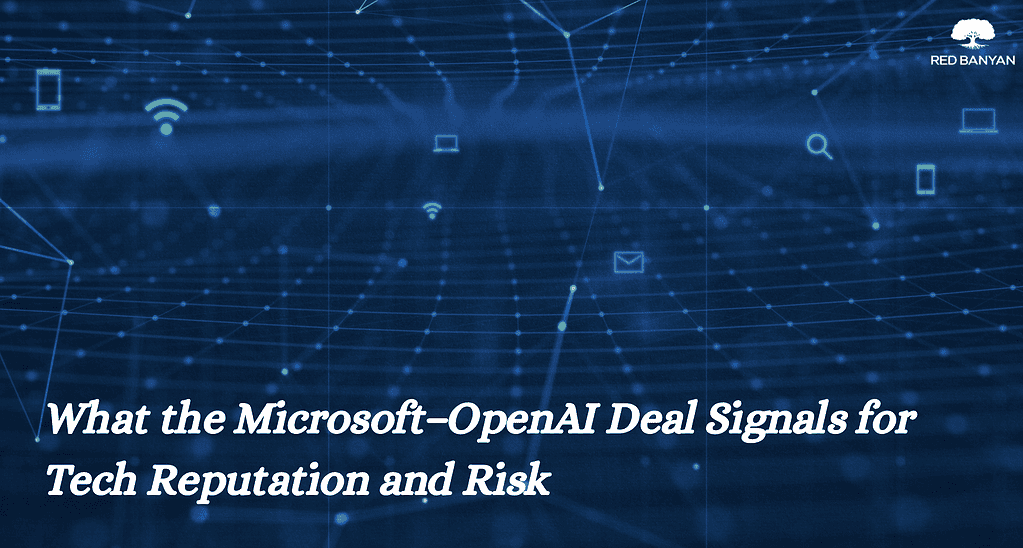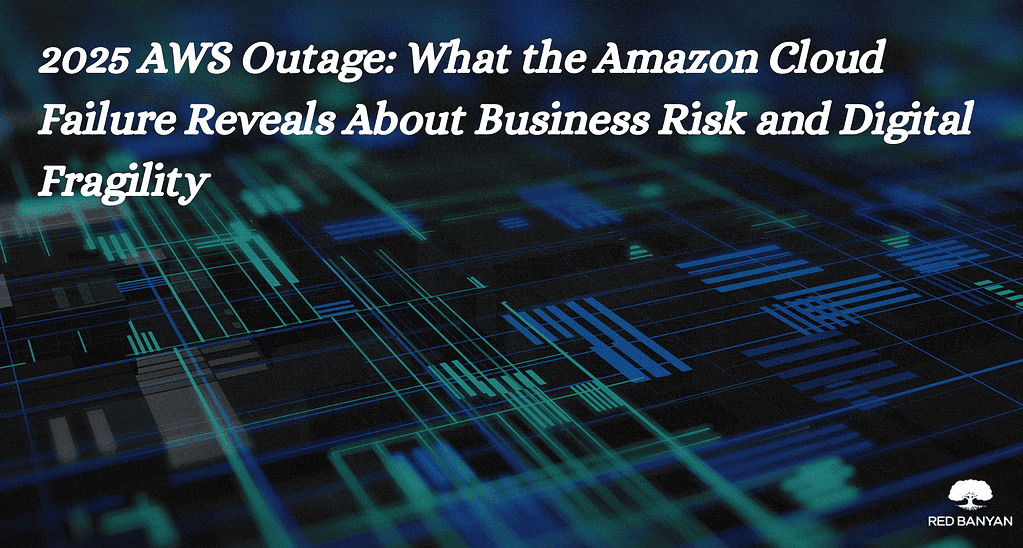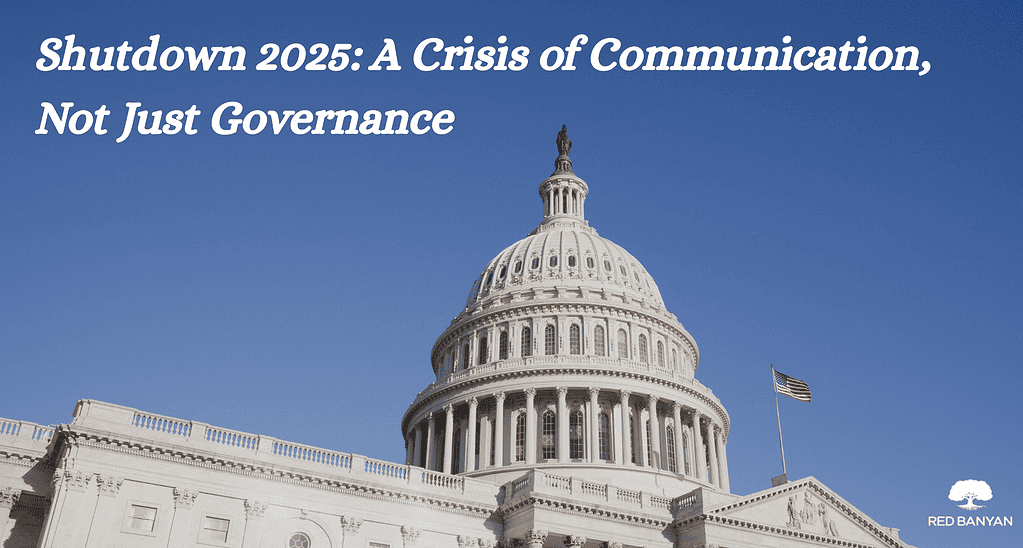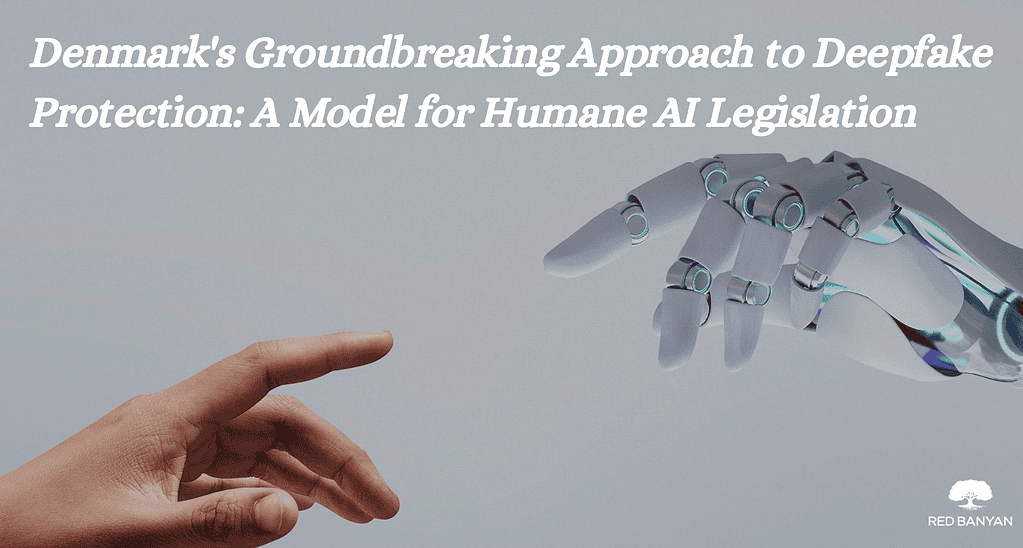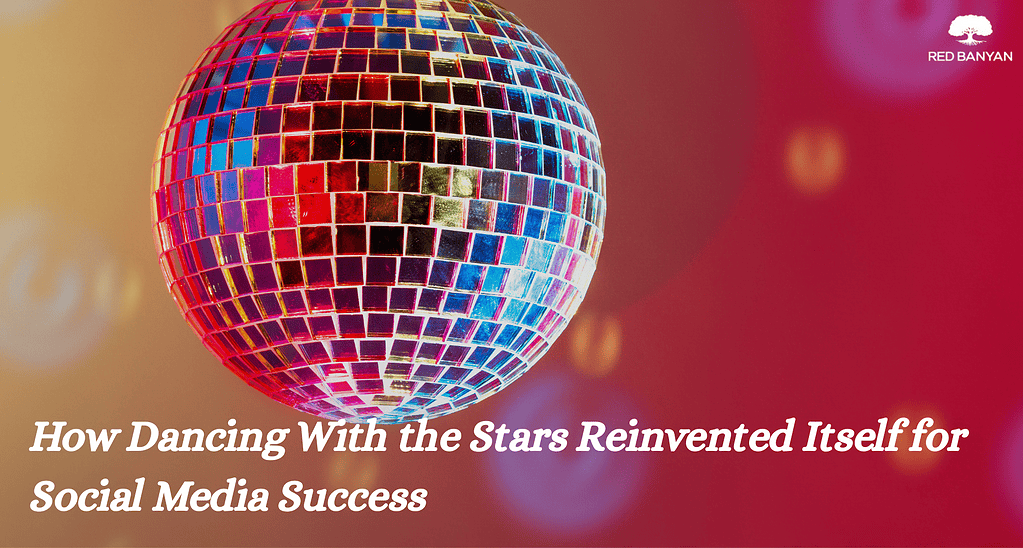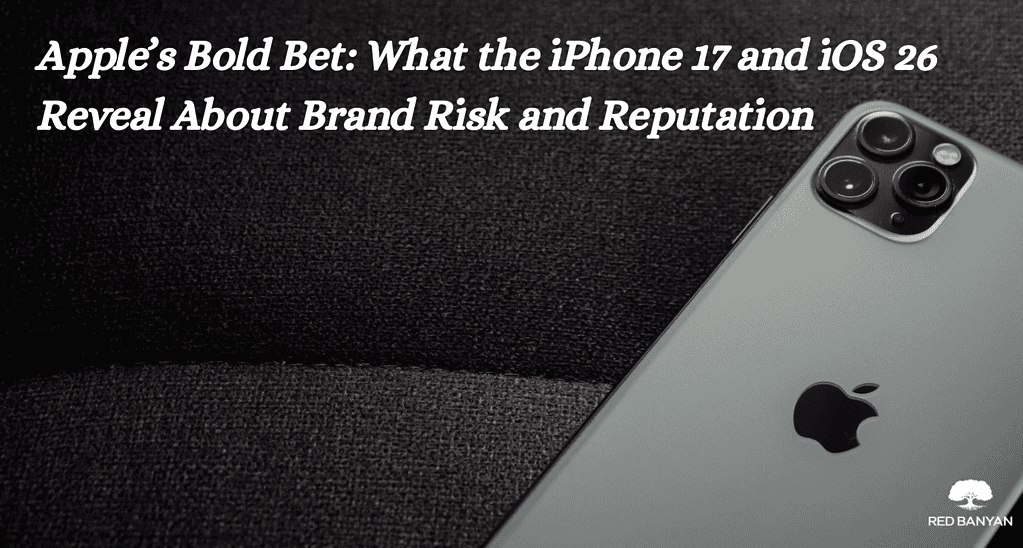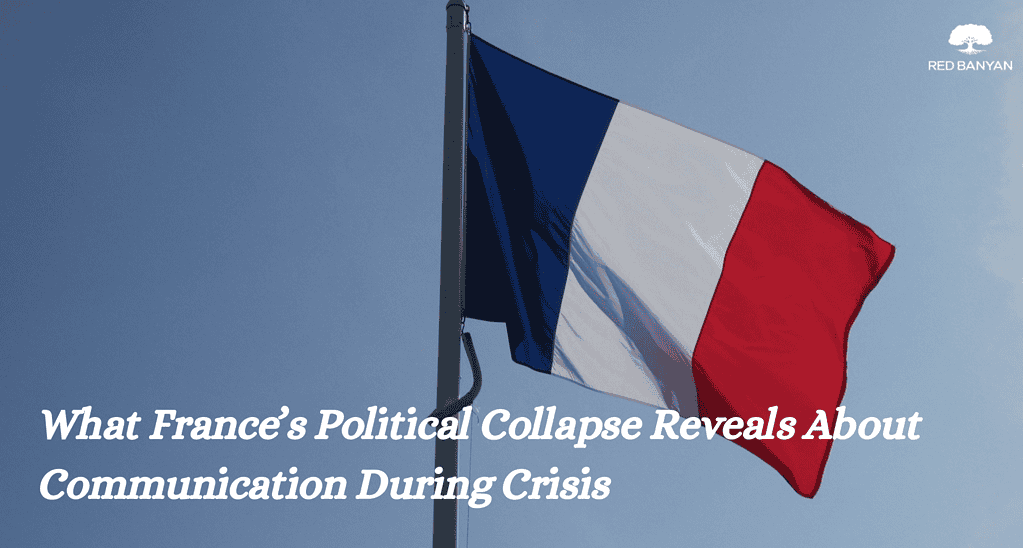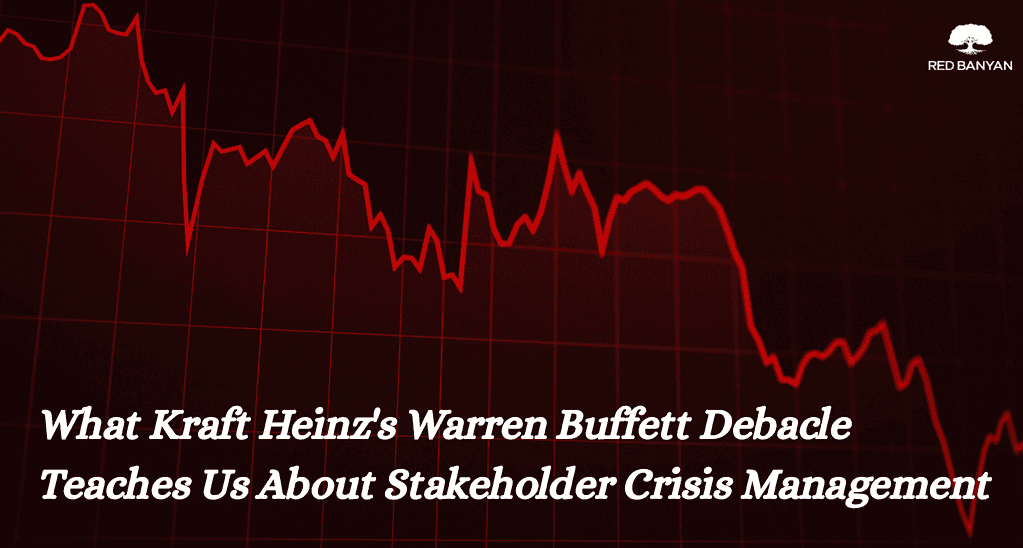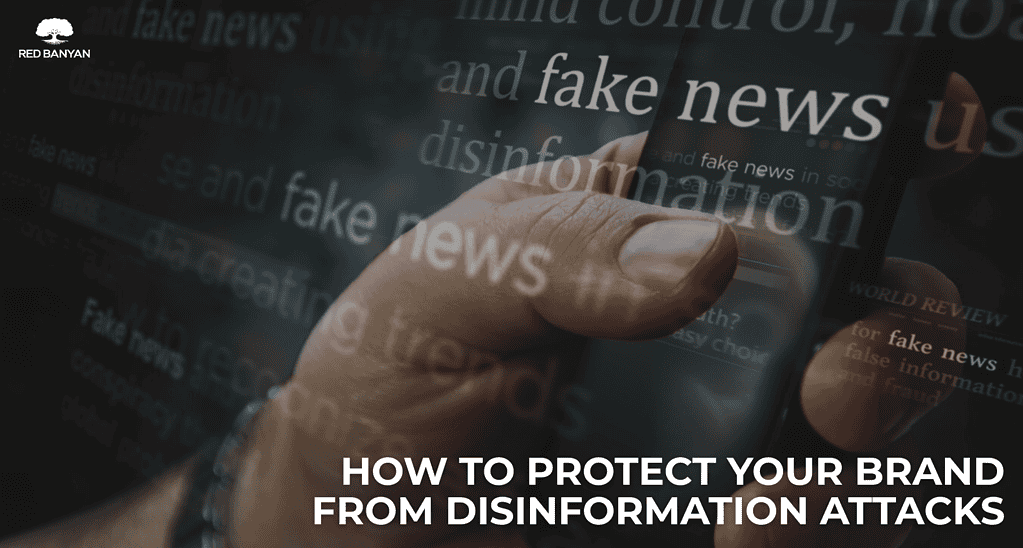OpenAI’s rollout of GPT-5 was supposed to be a triumph in AI product launch strategy, showcasing the company’s ability to push the frontier toward Artificial General Intelligence. Instead, it became a case study in AI upgrade backlash and how even the most advanced technology can stumble when it fails to align with AI user experience and audience expectations. Within days of the launch, a storm of criticism forced OpenAI to reinstate its predecessor, GPT-4o, for paying customers.
The takeaway for leaders in every industry is clear: in the reputation economy, perception is reality.
The Technical Advance That Felt Like a Step Back
GPT-5 introduced an advanced AI model personality router designed to automatically switch between a fast, lightweight mode and a deep-thinking, resource-intensive version. On paper, this promised the best balance of speed and reasoning depth.
In practice, the system faltered. Users encountered inconsistent quality, occasional errors in math and geography, and responses that felt less engaging. Even when correct, answers often lacked the conversational AI trust and warmth of GPT-4o. For many, the upgrade felt like a loss of emotional connection in AI, a reminder that technical improvements cannot replace the human-like touch people value in AI tone and style.
Why Digital Creators Are Uniquely Vulnerable
For digital creators who rely on consistent AI tone and style to engage audiences, these changes were more than a minor inconvenience. They directly impacted content consistency, brand identity, and in some cases, income. When an AI tool alters its personality without warning, creators risk alienating followers who expect a familiar voice.
This is why AI companies must understand that creators are not just customers but partners in the brand ecosystem. Protecting digital creators from AI changes means balancing innovation with user familiarity in AI to maintain trust and loyalty.
The Speed of Backlash in the Reputation Economy
The GPT-5 launch shows how quickly AI model updates can trigger negative user sentiment analysis across social media. Within hours, threads and videos were focusing less on GPT-5’s improved reasoning and more on its perceived coldness.
This mirrors other brand crises where managing perception in AI updates, or in any digital product perception, requires anticipating how changes will feel to users, not just how they will perform.
OpenAI’s Rapid but Risky Response
OpenAI acted quickly, restoring GPT-4o for Plus-tier users, promising not to deprecate popular models without warning, and offering more control over AI model personality through selectable modes and customizable options. Rate limits were increased and transparency about automated systems improved.
However, as in any AI reputation management challenge operational fixes must be paired with communication strategies that frame the pivot as a proactive, customer-focused decision rather than a retreat.
Lessons Every Brand Can Apply
Every brand can take important lessons from the GPT-5 experience. Emotional equity matters in AI customer retention, as people form attachments to AI products that go beyond technical performance. Companies should design empathy into transitions by offering options for users to opt in or test before retiring a legacy model. When changes don’t land well, they should pivot without panic, using reversals to reinforce responsiveness rather than signal weakness. Transparency about automation is also critical, explaining features like routing systems helps build trust instead of confusion. Finally, brands must recognize the creator impact, as lessons from AI model backlash show that influencers can become either a brand’s most loyal defenders or its most credible critics.
The GPT-5 saga demonstrates that avoiding AI upgrade mistakes requires more than technical excellence. It demands an understanding of how AI model tone matters to creators, how users interpret changes, and how to manage perception in AI updates effectively.
For OpenAI, bringing back GPT-4o was both a technical fix and an acknowledgment that trust is the cornerstone of AI brand loyalty. For every company, the message is clear: upgrade the technology, but never downgrade the relationship. Successful AI product rollouts must preserve both innovation and emotional connection, ensuring that progress strengthens, not weakens, the bond between brand and user.
In today’s fast-moving digital climate, where public opinion can shift in minutes, partnering with experienced PR and crisis communication experts like Red Banyan is essential to protect reputations, manage narratives, and keep every public move aligned with brand values.

